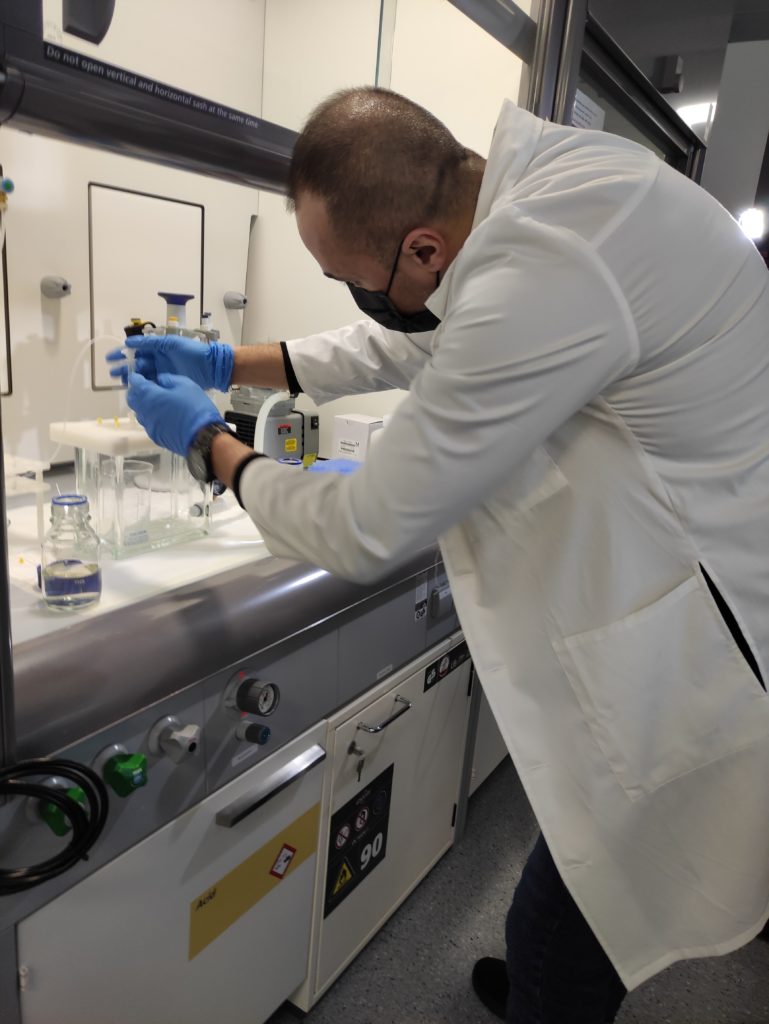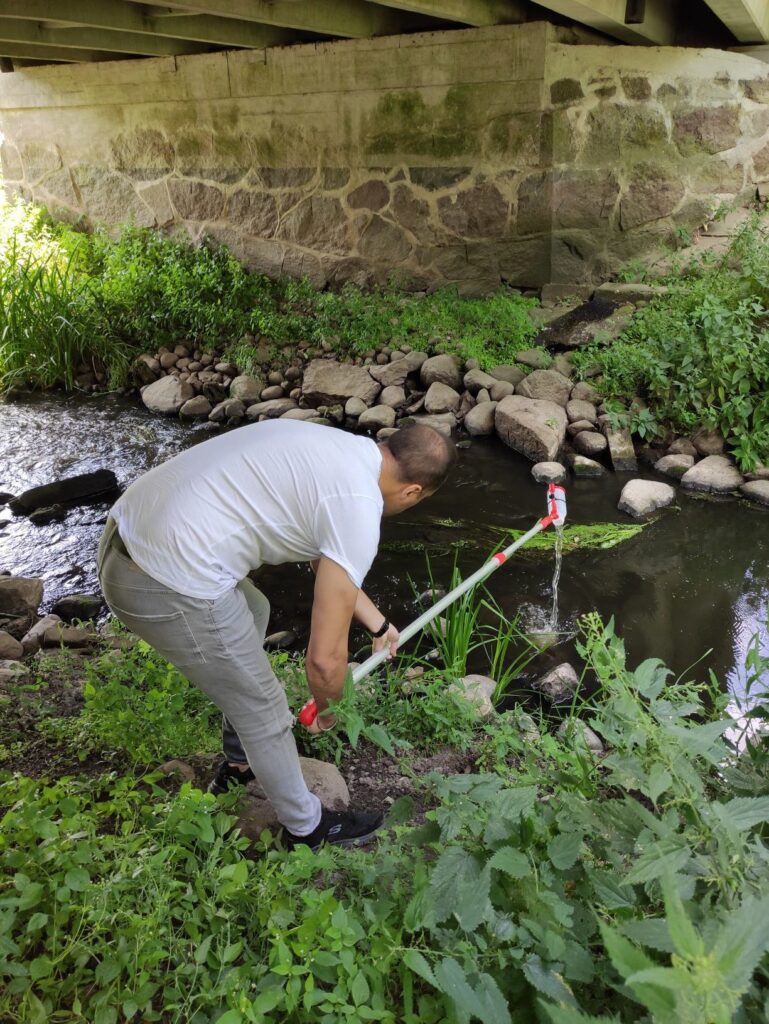
Although significant efforts have been devoted to water pollution reduction both in Latvia and Lithuania and substantial decrease in urban pollution has been achieved, recently UNESCO, HELCOM, and PA Hazards published a status report on the occurrence pharmaceuticals in the Baltic Sea: it indicated major data gaps in Lithuania and Latvia related to sources and pathways, including sales and consumption of pharmaceuticals as well as their concentrations in freshwater and wastewater systems (river water, influents and effluents of municipal wastewater treatment plants).
Since 2021 February, the researchers of the Marine Research Institute of Klaipėda University have closely cooperated with the Latvian Institute of Aquatic Ecology Agency of Daugavpils University as well as with national public and regional institutions aiming to overcome the lack of knowledge about and experience in dealing with pharmaceutical pollution loads and effects on the environment in order to support future prioritization and development of policy measures for the implementation of pharmaceuticals pollution mitigation in Latvian and Lithuanian waters (MEDWwater – Pharmaceuticals in wastewaters – levels, impacts and reduction, LLI-527, dr. Sergej Suzdalev, lead researcher from Klaipeda university Marine Research Institute, Ieva Putna-Nimane, lead researcher from Aquatic Ecology Agency of Daugavpils University).
In the summer period (July-August) of 2021, the first sampling campaign was conducted by project partners according to the agreed procedures: samples of wastewater were taken at the WWTPs influent and effluent, water samples taken upstream the WWTPs in the receiving water bodies (surface water not impacted by wastewater spot) as well as downstream of the WWTP outlet (discharge point) at a distance from sewage and receiver water complete mixing point (approximately 500 m). 33 samples of wastewater from 16 WWTPs in both countries and 34 samples of water from the selected waterbodies/receivers were collected during the summer campaign and sent to the Marine Research Institute of Klaipėda University for sample preparation and analysis of the selected pharmaceuticals.
Preliminary results of the chemical analysis revealed absolute dominance of anti-inflammatory (ibuprofen, diclofenac) and analgesic (paracetamol) substances in wastewater flows and the majority of the analysed water bodies.
Among the 13 investigated pharmaceuticals, paracetamol and ibuprofen had the highest concentrations (85% of total share) in the influents of all the selected wastewater treatment plants. The maximum concentration reaching 34 393 and 32 994 ng/L was detected for paracetamol in Klaipėda and Šiauliai wastewater flows, respectively, and slightly lower amounts (22 490 ng/L) of the above mentioned analgesics were recorded at wastewater treatment plant in Daugavpils.
High concentrations of Ibuprofen, ranging from 10 555 ng/L (at Radviliškis) to 28 945 ng/L (at Klaipėda), were detected in Lithuanian wastewaters, while in Latvia, they varied between 1503 ng/L (at Bauska) and 19 226 ng/l (at Daugavpils).
In the investigated water bodies in Lithuania, the highest concentrations of diclofenac with maximum values were found in a small Svaigė Stream (21.9 ng/l) near Telšiai WWTP as well as in the area of the Klaipėda Strait near Klaipėda (18.9 ng/l), while in Latvia, the highest values of diclofenac were observed at the Daugava River near Daugavpils (23.8 ng/l) and upstream WWTP Saldus (18.7 ng/l). Quite high amounts (11.9 – 12.5 ng/l) of paracetamol were detected in the Lithuanian Kulpė River near Šiauliai WWTP.
Overall, higher average concentrations of the majority of the analysed pharmaceutical substances were typical of Lithuanian water bodies. In Latvian waters, slightly higher average concentrations typical of antibiotics (azithromycin, clarithromycin, and sulfamethoxazole) were found.
 |
 |







